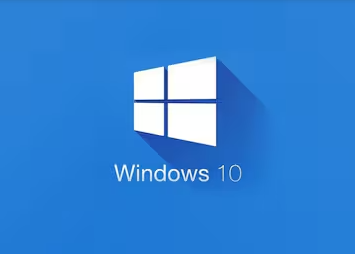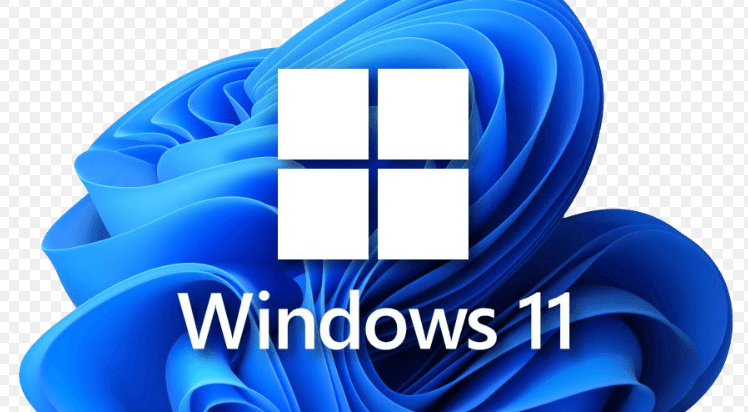When setting up a mini PC, one of the most important decisions is choosing the right operating system. With Windows 10 and Windows 11 being the two leading options, it’s essential to evaluate which system will best meet your needs. In this blog, we will compare mini PC Windows 10 and mini PC Windows 11, analyzing their features, performance, and user experience. By the end of this article, you'll have a clearer idea of whether a Windows 10 mini PC or a Windows 11 mini PC is right for you, helping you optimize your system for your specific tasks.
When deciding which operating system to run on your mini PC, understanding the key differences between Windows 10 and Windows 11 is essential. Both are highly effective systems, but each one offers unique features tailored to different types of users. Let’s take a closer look at each, so you can make an informed decision.
Windows 10 remains a popular choice for many mini PC users, especially those who value stability and compatibility. Launched in 2015, Windows 10 has had several updates, making it a mature and reliable operating system for various tasks. If you choose a mini PC with Windows 10, here’s what you can expect:
Familiar Interface: The user interface of Windows 10 is very similar to its predecessors, making it easy to adapt for those familiar with previous versions of Windows. It maintains the traditional Start menu and taskbar layout, which many users find intuitive and efficient.
Stability and Compatibility: Windows 10 has been in use for nearly a decade, which means it is extremely stable. Its compatibility with a wide range of hardware makes it an ideal choice for a mini PC with Windows 10. You won’t have to worry about your mini PC being incompatible with certain applications or drivers.
Security: Windows 10 includes regular security updates, including patches for vulnerabilities. It also comes with Windows Defender, which provides real-time protection from malware and viruses.
Performance for Productivity: Windows 10 offers a good balance of performance for general productivity tasks such as word processing, web browsing, and media consumption. It's a solid option for businesses or casual users who require a dependable, no-frills operating system.

Windows 11, released in October 2021, is the latest version of Microsoft’s operating system. It is designed with a fresh, modern interface and enhanced performance features that cater to today’s computing needs. Windows 11 mini PC configurations are becoming increasingly popular, particularly among those who want the latest features and innovations. Here are some key advantages of Windows 11 on a mini PC:
Modern User Interface: The new interface of Windows 11 features a centered taskbar, new animations, and rounded corners. It's sleek, clean, and designed to offer a more aesthetically pleasing experience. For those looking for a mini PC Windows 11 setup, this is a great option for users who prioritize design and modernity.
Improved Multitasking and Productivity: Windows 11 introduces Snap Layouts, which allow users to organize multiple open windows on the screen with ease. This feature is particularly useful on mini PCs with smaller screens, as it optimizes available workspace.
Optimized for Gaming: While not all mini PC users need gaming capabilities, Windows 11 is highly optimized for gamers. It comes with features like Auto HDR, DirectStorage, and improved support for high refresh rates, making it a great choice for those who want a mini PC with Windows 11 for gaming or other graphical applications.
Better Virtual Desktop Support: Windows 11 allows users to create multiple virtual desktops, making it easier to manage different projects and tasks simultaneously. This is an excellent feature for professionals and those who need to work across various environments.
Enhanced Security: Like Windows 10, Windows 11 includes built-in security features. However, Windows 11 goes a step further by requiring TPM 2.0 (Trusted Platform Module), which enhances hardware security, especially useful for businesses and organizations dealing with sensitive information.

To better understand the differences between Windows 10 and Windows 11 for a mini PC, let’s compare their key features side by side.
|
Feature |
||
|
User Interface |
Traditional, familiar Start menu and taskbar |
Centered taskbar, rounded corners, and sleek UI |
|
Compatibility |
High compatibility with older hardware and software |
Newer hardware required, may lack backward compatibility |
|
Multitasking |
Basic multitasking support |
Advanced multitasking with Snap Layouts |
|
Gaming Support |
Good for basic gaming |
Enhanced gaming with Auto HDR and DirectStorage |
|
Performance |
Solid performance for general tasks |
Improved performance for modern apps and tasks |
|
Security Features |
Strong security updates and Windows Defender |
Enhanced security with TPM 2.0 and Windows Hello |
|
Virtual Desktop |
Standard virtual desktop support |
Advanced virtual desktop management |
Choosing between Windows 10 and Windows 11 for your mini PC ultimately depends on your specific needs and preferences. If you prefer a stable, reliable operating system that works well with a wide range of hardware and software, Windows 10 is an excellent choice. However, if you're looking for the latest features, a modern interface, and better performance for multitasking or gaming, Windows 11 is the system to choose.

For those who prioritize cutting-edge performance and an aesthetically pleasing user interface, a Windows 11 mini PC is a great investment. But if you need a tried-and-true, low-maintenance solution, a mini PC with Windows 10 might be your ideal option.
Regardless of the choice, both systems deliver great value and performance for mini PC users. To get started with your own mini PC setup, check out mini PC from BVS with high performance Windows 10 and Windows 11 options.
If you want to know more about industrial mini pc, please click the follows:
①Fanless Mini PC Ryzen 9: The Power of Silent Performance
②How Industrial Embedded Computers Enhance Machine Learning Applications
③Choosing the Right Operating System for Your Industrial Embedded Computer: A Complete Guide

Click to confirm
Cancel